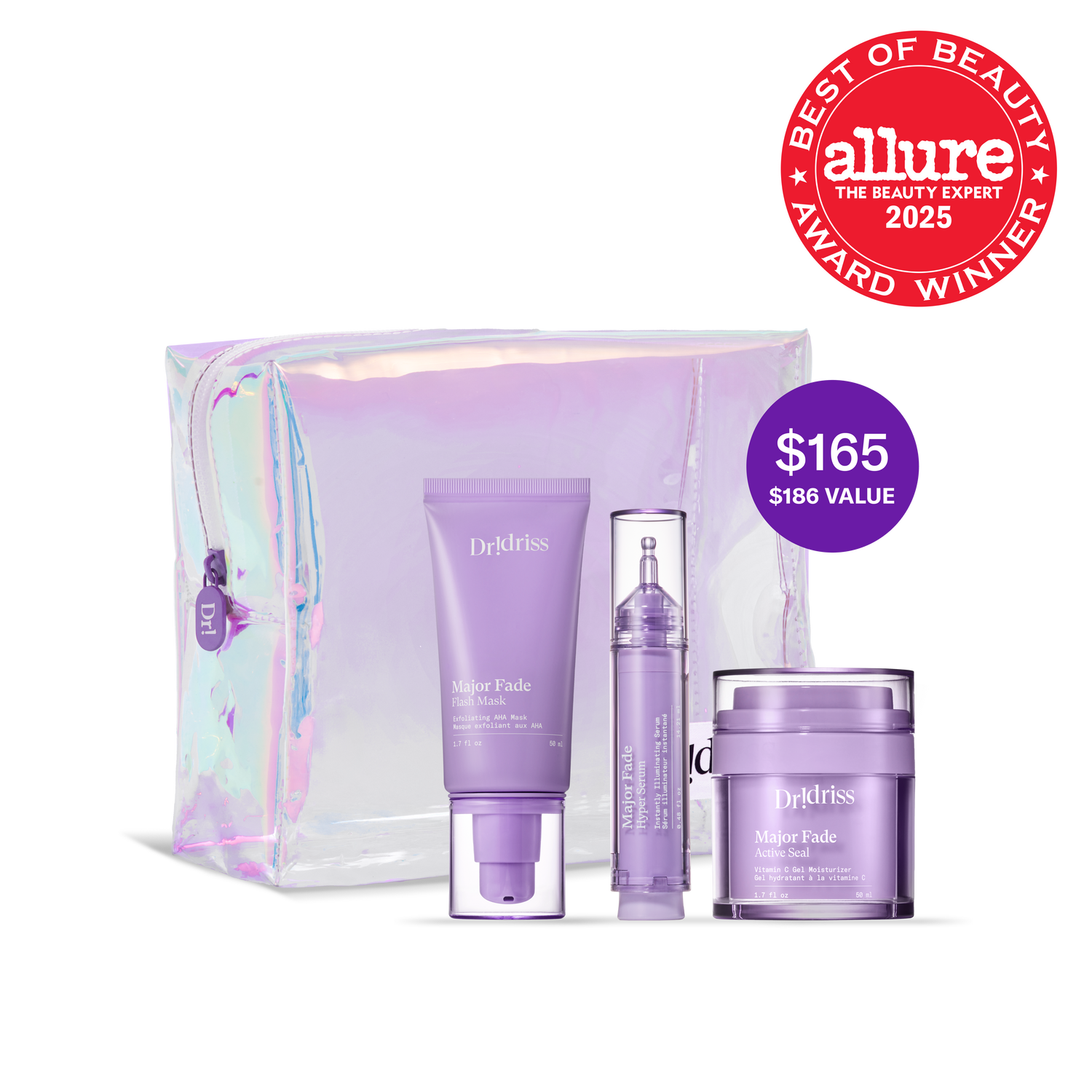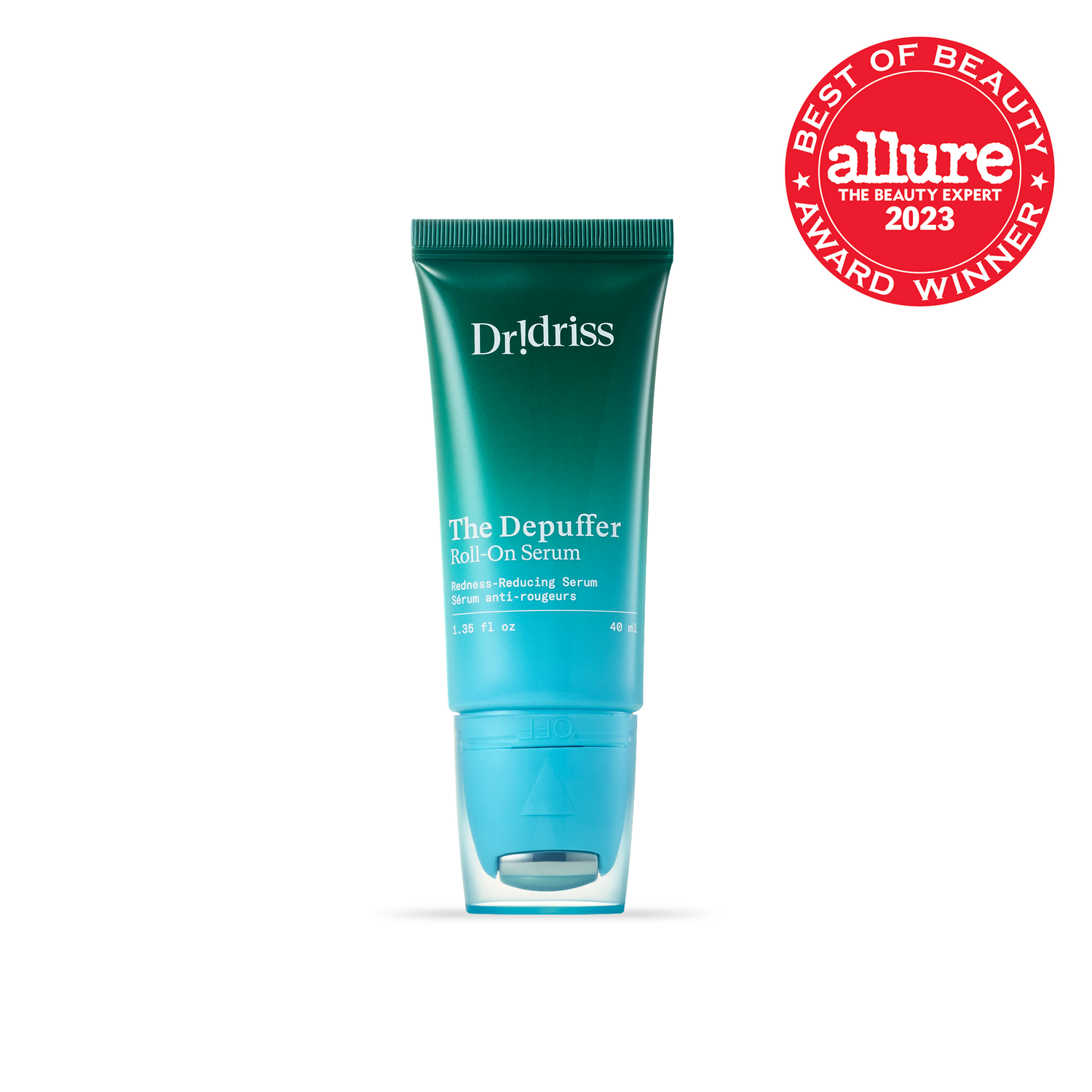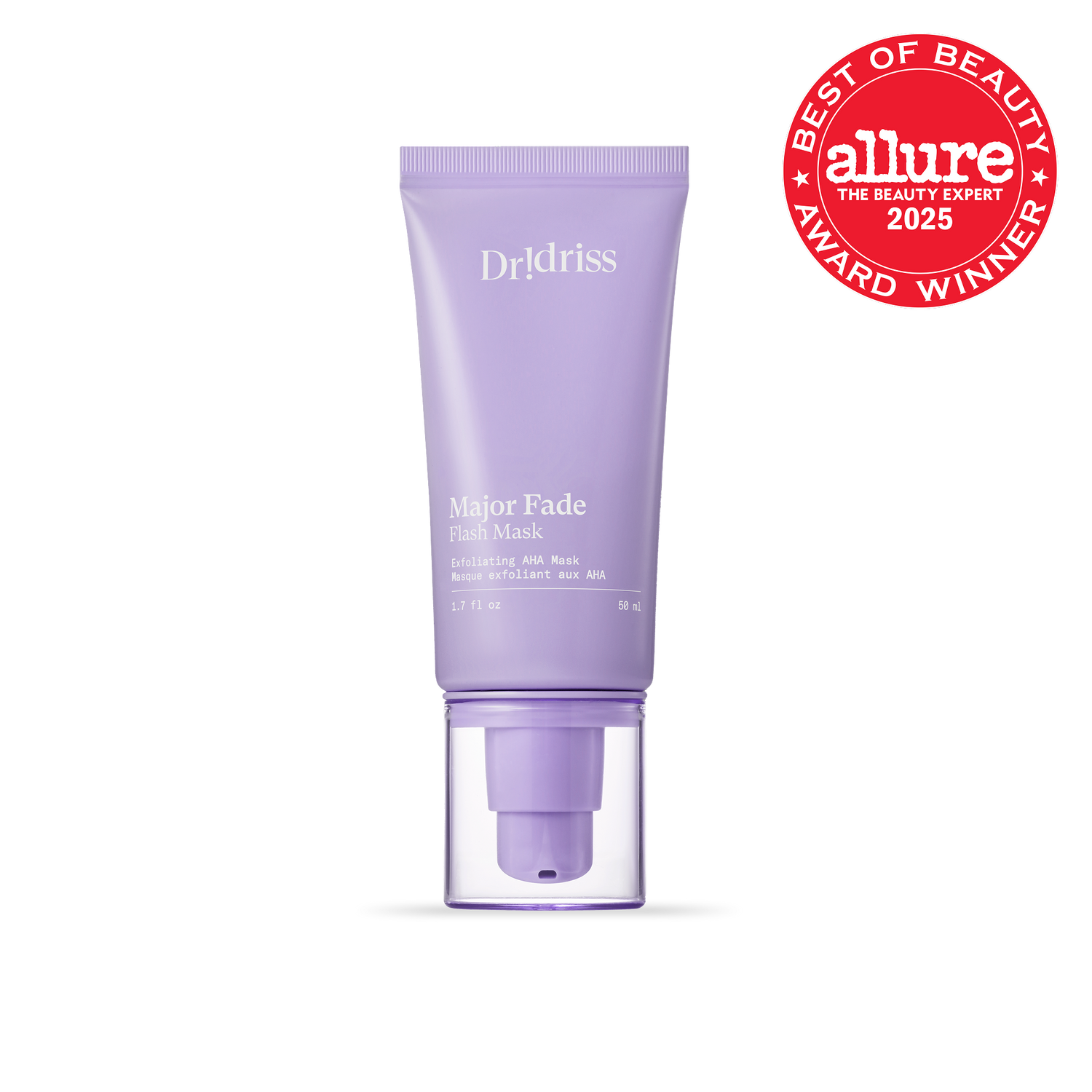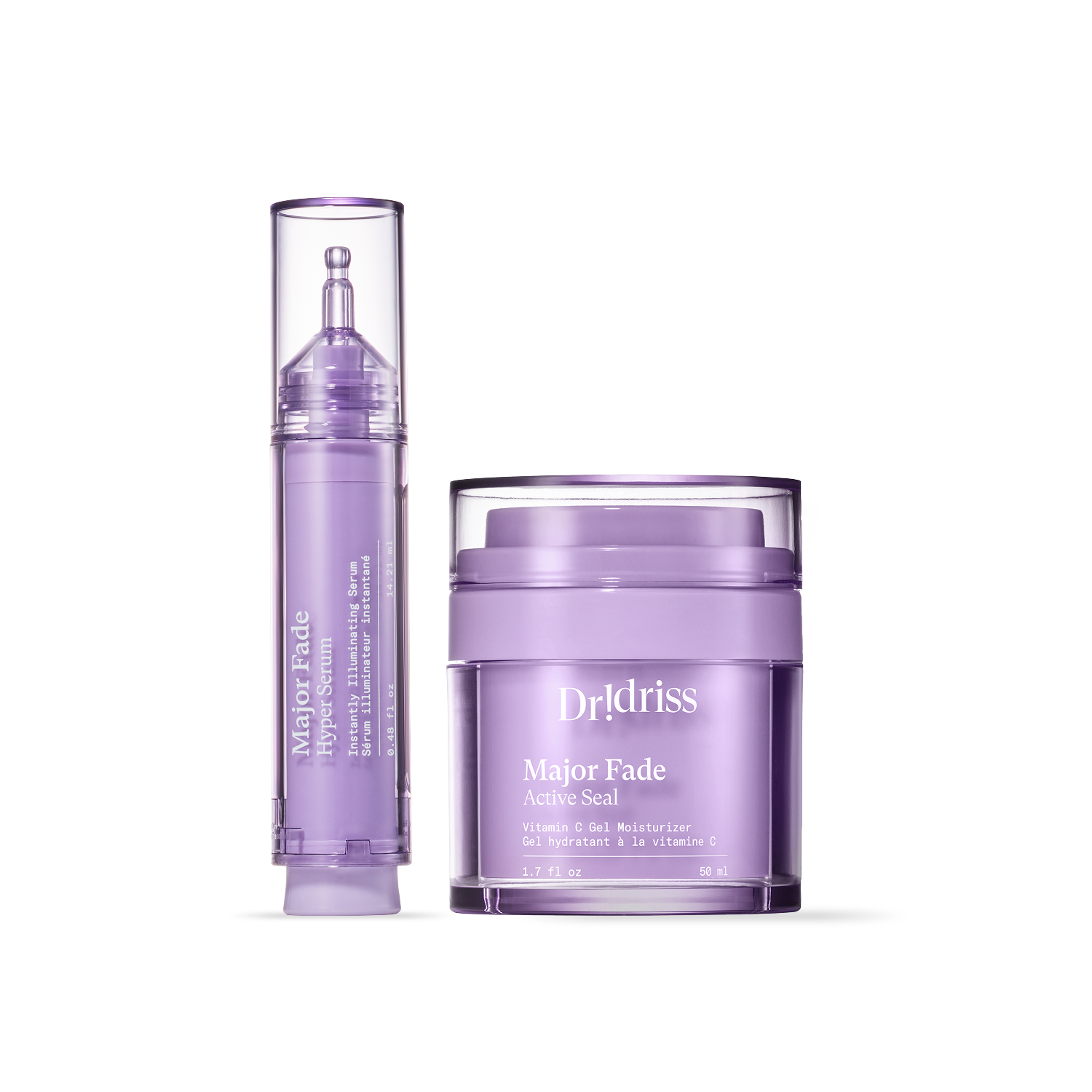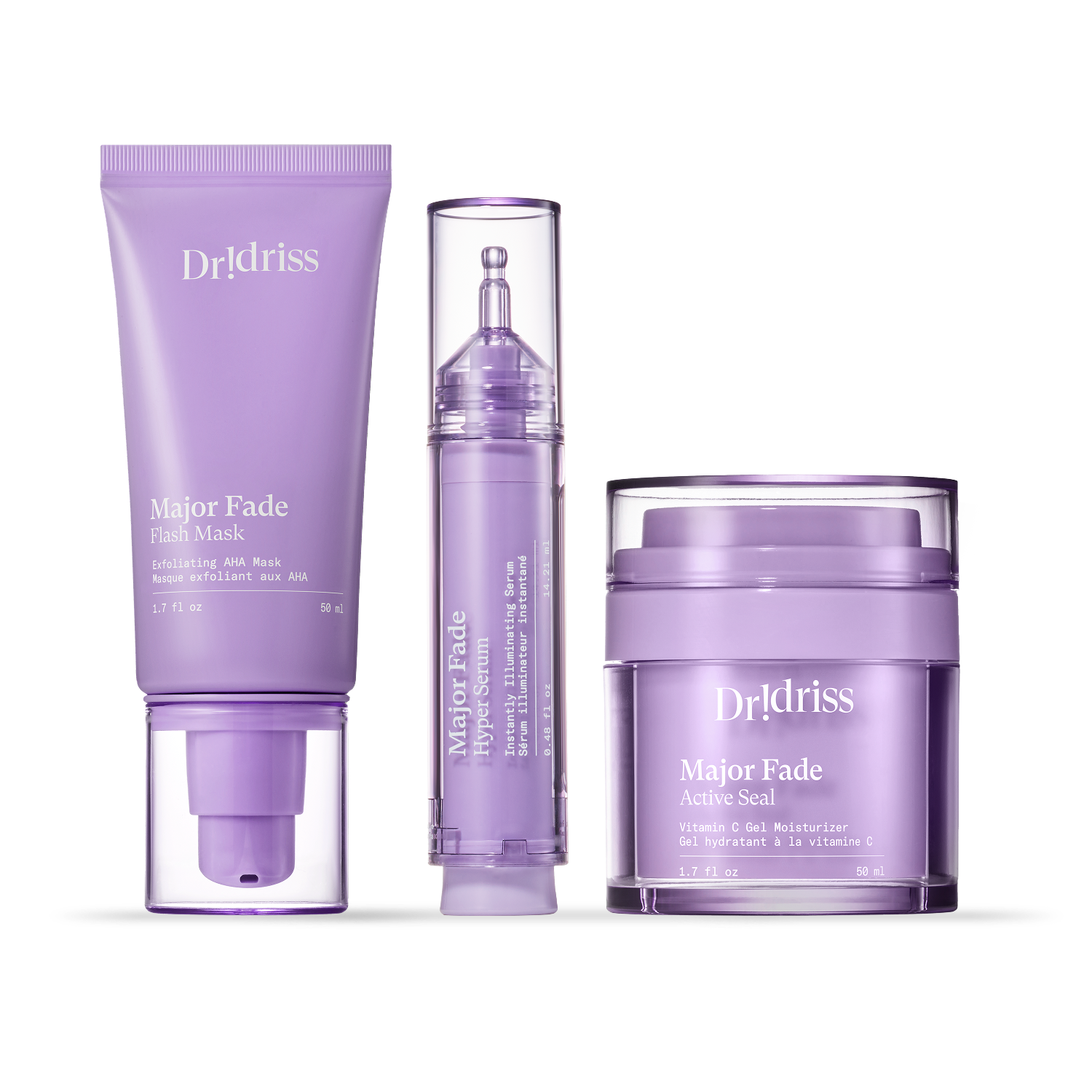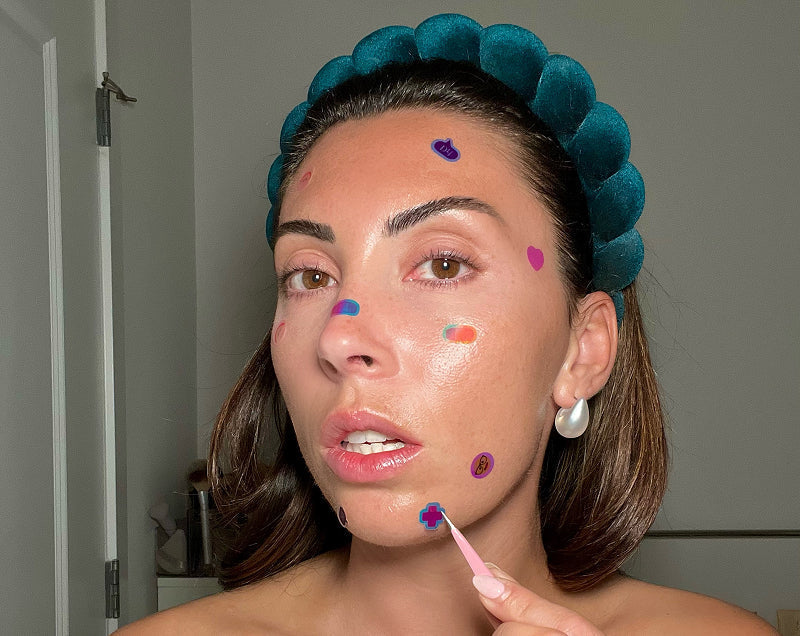Let us talk about under-eye crepiness, dryness, puffiness, darkening—you name it.
In order to understand the problem, you have to understand the root cause.
When it comes to eye creams, you really have to be a savvy consumer because there's oftentimes a lot of markup, a lot of gimmicks on things that are never going to make a difference for your skin and your under-eye area if you don't know what your problem is.
How does the skin under eyes differ?
5 reasons why the under-eye skin is different than the rest of your face:
-
It is thinner; It's usually on average 0.5 millimeters whereas the rest of your face is one to two millimeters in thickness, so it's more prone to signs of aging.
-
Less production of sebum; Sebum is what keeps the integrity of our skin as we get older and because we have less sebum we get a little bit more crinkly as we get older.
-
Loss of elastin and collagen in this area; Because there is less elastin and collagen to begin with, as we lose it, it shows more, and that is what leads to all of those fine lines and wrinkles that we develop in our wiser years (but not always in our wiser years, sometimes it happens in our 20s).
-
Increased vascularity in the area; Blood vessels become weaker and wider as we get older, allowing for blood to seep out. Once the blood seeps out, and once they get bigger, there is going to be more shadowing.
-
Increased sensitivity; Because of all of the above—thinner skin, less sebaceous glands, less collagen, less elastin, and more vascularity—can all lead to increased sensitivity. So if you're using an exfoliating mask all over your face, you may not be able to use it necessarily next to your eyes because it will be sensitive.
With that, the top 4 under-eye concerns I noticed in my patients are:
-
Dark circles
-
Puffiness
-
Fine lines and wrinkles
-
Dry and crepey skin
So what does this mean for your skincare routine?
Watch this video where Dr. Idriss breaks down these 4 under eye concerns and product recommendations.






